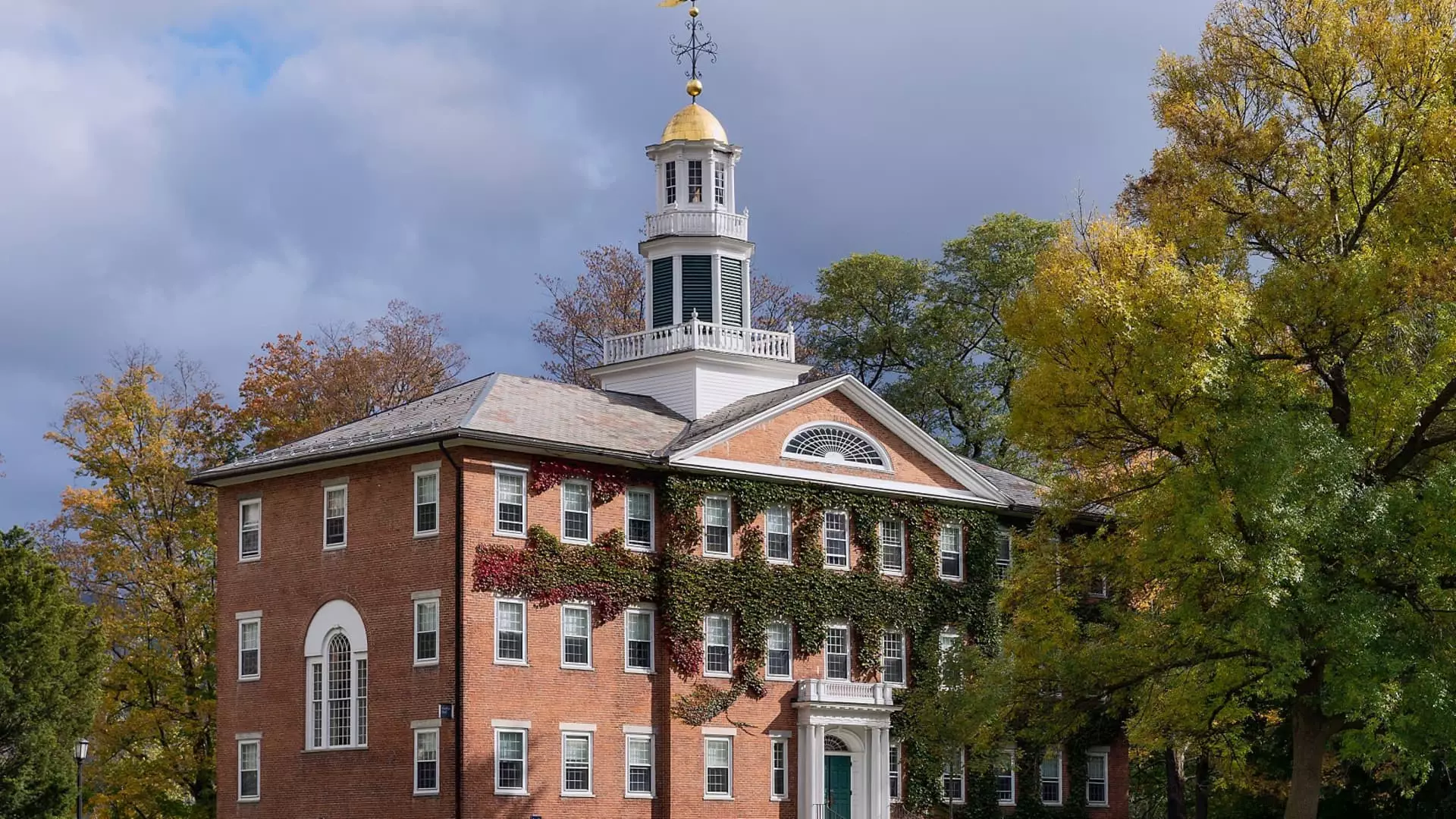In the current political climate, the federal student loan system is on a perilous path as proposed changes threaten to minimize college aid at a time when education costs are soaring. In essence, the alarming trend of surpassing inflation rates in tuition fees has reached a critical juncture. According to recent data, tuition and fees for a four-year private college have escalated to an average of $58,600 for the 2024-25 academic year, a staggering increase from the previous year’s $56,390. Public colleges fare slightly better but are still inflated at an average of $24,920 for in-state students. It’s sobering to note that while college costs rise relentlessly, the proposed budget cuts—including a reduction in Pell Grants and federal work-study programs—will only exacerbate an already serious situation.
There is little doubt that the Trump administration’s plan to slash financial aid is misguided and short-sighted. The notion of reducing the maximum Pell Grant to $5,710 from $7,395 is not merely a fiscal adjustment; it’s an attack on middle-class aspirations. As Robert Franek of The Princeton Review astutely points out, it’s the net cost to families after financial assistance that ultimately matters, yet what’s given through grants is dwindling. The highly inglorious reality is that the burden of student debt will only worsen if these financial assistance programs are cut.
The Burden of an Expensive Education
While the rhetoric surrounding education might lead one to believe that access is growing, the reality tells a different story. Higher education has long been touted as the golden ticket to a prosperous future. However, for many families, this ticket is becoming increasingly hard to afford. As the costs of college continue to mount, the idea of actual affordability slips further from reach.
Schools are facing multiple economic pressures—rising inflation and decreased state funding are driving them to hike tuition to unsustainable levels. However, it’s worth noting that higher tuition doesn’t necessarily correlate with better outcomes. Institutions are often lauded for their academic accolades or robust employment networks, yet the question remains: are they truly offering value for the sums they charge? Increasing scrutiny around financial aid packages reflects a growing concern among students and families alike, driving them to prioritize price in their college decision-making process.
The Illusion of Financial Aid
What often gets lost amidst the discussions of tuition and financial aid is the inherent complexity of the system itself. Schools may boast about the size of scholarship packages without adequately clarifying what families will eventually pay out of pocket. The term “magic word” as used by Franek—“grants”—carries an unfortunate irony; there is an illusion that financial assistance will somehow shield students from the overwhelming financial storm of education costs. Yet grants are becoming scarcer while student loans remain prevalent, creating a tangled web of financial responsibilities for graduates.
At some of the elite institutions, the sticker price appears financially prohibitive, yet they often advertise generous scholarships that can minimize out-of-pocket expenses. Take Williams College, for instance, where the average need-based scholarship exceeds $74,000, but that still leaves a significant sum to be paid by families. On the surface, an attended cost of $16,637 appears manageable, but for many, that figure still represents a considerable burden, particularly in a climate where job security is uncertain.
A Shift in Priorities
With economic anxieties growing, more individuals are questioning the overall value of obtaining a degree. Are the escalating costs justified, or are they merely a symptom of institutional greed masked as a quest for prestige? As families grapple with these questions, alternatives like vocational training and certificate programs are increasingly coming into focus. For many, these paths offer a more direct route to employment without the financial albatross of student debt.
With cuts to financial aid looming and tuition skyrocketing, it is crucial for us to reconsider the role that education serves in society. Education should be an accessible stepping stone, not a privilege reserved for the affluent. The drastic measures being proposed threaten to warp the very fabric of higher education. In an increasingly globalized world, we need a populace that is educated, skilled, and ready to contribute to a dynamic economy, not one burdened by crippling debt that stifles dreams instead of fostering ambition.

